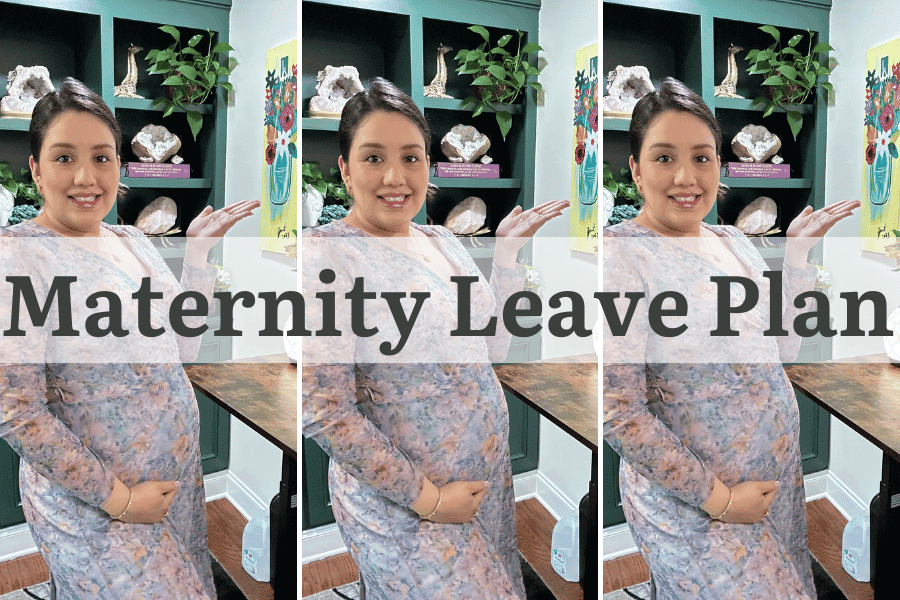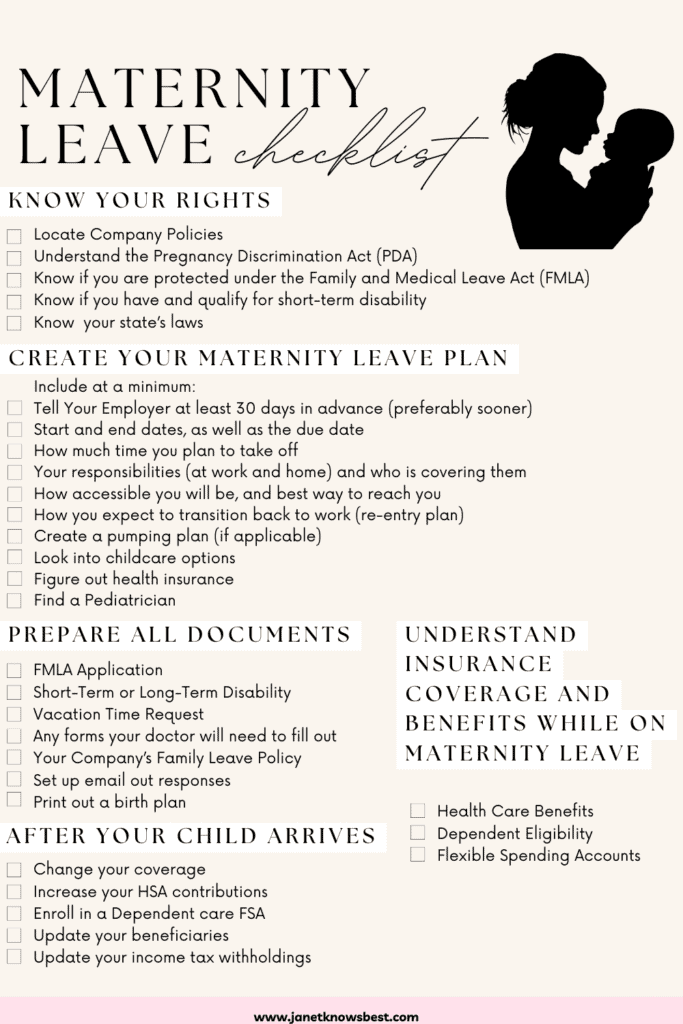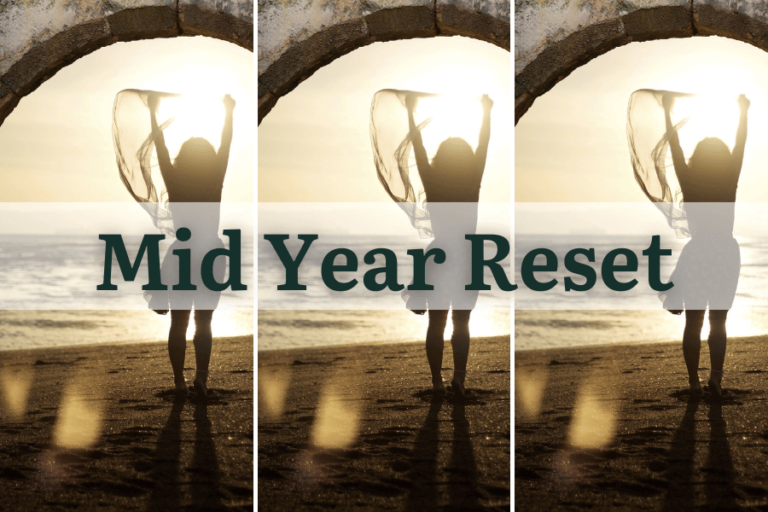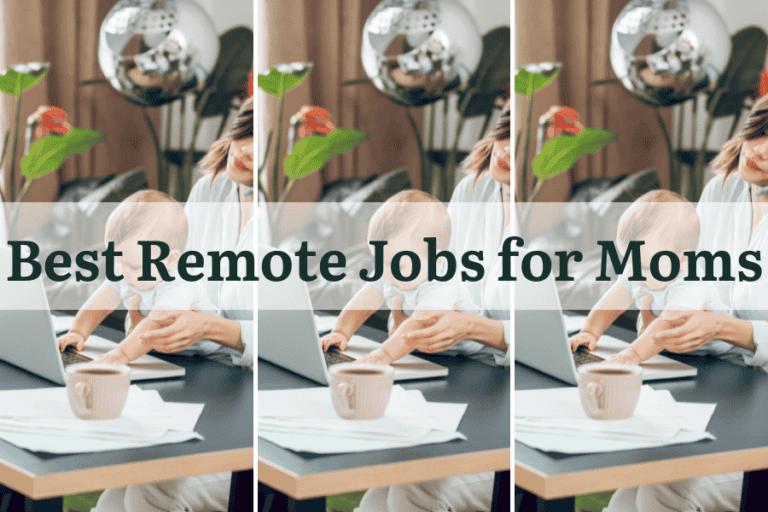Maternity Leave Plan To Keep Your Finances on Track – Free Maternity Leave Checklist

Why You Need a Maternity Leave Plan
The United States is the only first-world country without a national guarantee of paid maternity, paternity, or parental leave.
So, if you are a working pregnant woman living in the US, you must have a maternity leave plan to keep your career and finances on track.
I am currently pregnant with my second baby boy, and I feel much less anxiety and stress because I am aware and knowledgeable of all the laws and policies regarding maternity leave.
A maternity leave plan is essential for various reasons. It allows you to physically recover from childbirth and bond with your new baby without the added stress of work or financial responsibilities.
This blog post is all about having a maternity leave plan to keep your career and finances on track.
How Long is Maternity Leave in the US?
While the US does not have a national paid parental leave law, the Family and Medical Leave Act (FMLA) provides certain employees with up to 12 weeks of unpaid, job-protected leave per year. It also requires that their group health benefits be maintained during the leave.
FMLA was created to support hardworking moms like you in juggling your job and family commitments. It lets you take unpaid time off for important family or medical situations without risking your job security. Plus, it’s all about fairness and ensuring both moms and dads have equal opportunities in the workplace.
Federal Law on Maternity Leave
Employees must work for an employer with 50 or more employees within a 75-mile radius and have worked for at least 12 months and 1,250 hours in the past 12 months to qualify for this leave. While the Act ensures job protection, it does not guarantee salary payment during the leave period.
The Act provides that the employee should return to work after the leave period. While the Act ensures an employee will have a job to return to after their maternity leave, it doesn’t state that the employee must receive salary payment while on leave.
However, it is still possible to get laid off during FMLA as long as the company can prove that you will be laid off regardless of your FMLA. Also, give your employer at least 30 days’ notice before using FMLA.
Under this act, qualifying employers must provide an eligible employee with up to 12 weeks of unpaid leave each year for any of the following reasons:
- For the birth and care of the newborn child of an employee;
- For placement with the employee of a child for adoption or foster care;
- To care for an immediate family member (i.e., spouse, child, or parent) with a serious health condition; or
- To take medical leave when the employee is unable to work because of a serious health condition.
Do I still get health insurance and other benefits while on FMLA?
If you intend to use the FMLA, your company is required to keep you on its health insurance plan during your leave. However, you must continue making contributions as usual unless your employer has agreed to cover your portion of the plan.
You may be offered a temporary extension of health insurance coverage benefits, allowing you to remain covered under your plan. You may need to pay the entire premium, which can be very expensive. If you’re in the US and have more questions about health insurance, click on this resource.
As for other benefits, you may not be able to contribute to your 401(k), pension, or flexible spending plans while on leave if you are not receiving a paycheck. You should definitely check with your company’s HR and company policies.
Does Your State Offer Maternity Leave?
Did you know that many states offer more than just the federal law for maternity leave?
Some states extend FMLA rights to smaller companies, while others even provide paid leave. These policies vary regarding who qualifies, how long the leave lasts, and how it’s funded. In some states, pregnancy and childbirth make you eligible for short-term disability benefits.
In other states, pregnancy is considered a temporary disability, so companies that offer paid leave for other temporary disabilities must do the same for pregnant mothers. It’s important to know your rights as a working mom, so make sure to check out the laws in your state!
What are the states with paid family and medical leave (PFML)?
The main difference between federal and state FMLA laws is whether leave is paid or unpaid. Federal is unpaid.
Some states extend FMLA rights to smaller companies, while others even provide paid leave. These policies vary regarding who qualifies, how long the leave lasts, and how it’s funded. In some states, pregnancy and childbirth make you eligible for short-term disability benefits.
California, Colorado, Connecticut, Deleware (beginning January 2026), District of Columbia, Hawaii, Illinois, Iowa, Kentucky, Louisiana, Maine, Maryland, Massachusetts, Minnesota, Montana, New Hampshire, New Jersey, New York, North Dakota, Oregon, Rhode Island, South Dakota, Tennessee, Vermont, Washington, West Virginia, Wisconsin, and Wyoming have laws that provide paid family leave and medical leave (PFML) for employees who need time off to care for sick or disabled family members or bonding with a new child (newborn, adopted or foster child).
In other states, pregnancy is considered a temporary disability, so companies that offer paid leave for other temporary disabilities must do the same for pregnant mothers. It’s important to know your rights as a working mom, so make sure to check out the laws in your state!
Is Maternity Leave Paid by Your Employer?
Do you have short-term disability (STD) coverage through your workplace?
Maternity qualifies for benefits under short-term disability plans if you are unable to work due to pregnancy, childbirth, and recovery, with the certification of a physician. Although I hate that maternity leave is considered a ‘short-term disability,’ I am grateful that I am covered under this coverage, and it will pay for 100% of my pay while I am on FMLA.
Short-term disability policies differ in benefits, including providing a percentage (50-100) of income for a certain period after childbirth. The duration of coverage may extend depending on the type of delivery or complications experienced. It is crucial to understand the specific terms of your policy before taking a leave of absence.
Some companies are very generous and will cover 100% of your pay; others may cover a certain percentage. Unfortunately, many companies do not offer paid maternity leave and will require you to use your vacation or sick days during this time. So, planning maternity leave becomes very crucial in these circumstances, especially if you are going to be a new mom.
How to Prepare Financially?
Do you have a Flexible Spending Account (FSA) or a Health Savings Account (HSA) at your job?
There are many ways to save money before your due date and maternity leave begins.
Flexible Spending Accounts (FSA) and Health Savings Accounts (HSA) are tax-advantaged savings accounts that cover eligible medical expenses. Both individuals and employers can contribute pre-tax dollars to an HSA, and the funds can be used to pay for qualified medical expenses such as medical bills, doctor visits, prescription medications, and certain medical procedures.
My family and I have an HDHP and an HSA. This is the best option for us because of the tax advantages and the ability to save for future healthcare expenses. My employer also contributes to this account, so it is “free money” that I would miss out on. I am currently using this money to pay for my son’s medical bills and my pregnancy medical expenses.
Free Maternity Leave Plan Checklist







